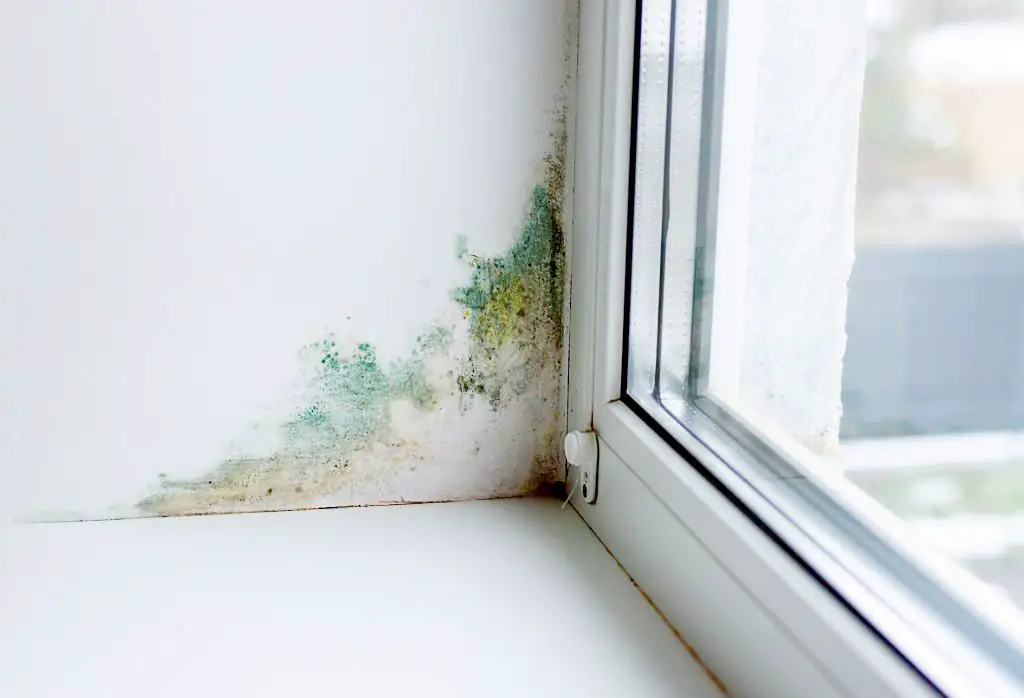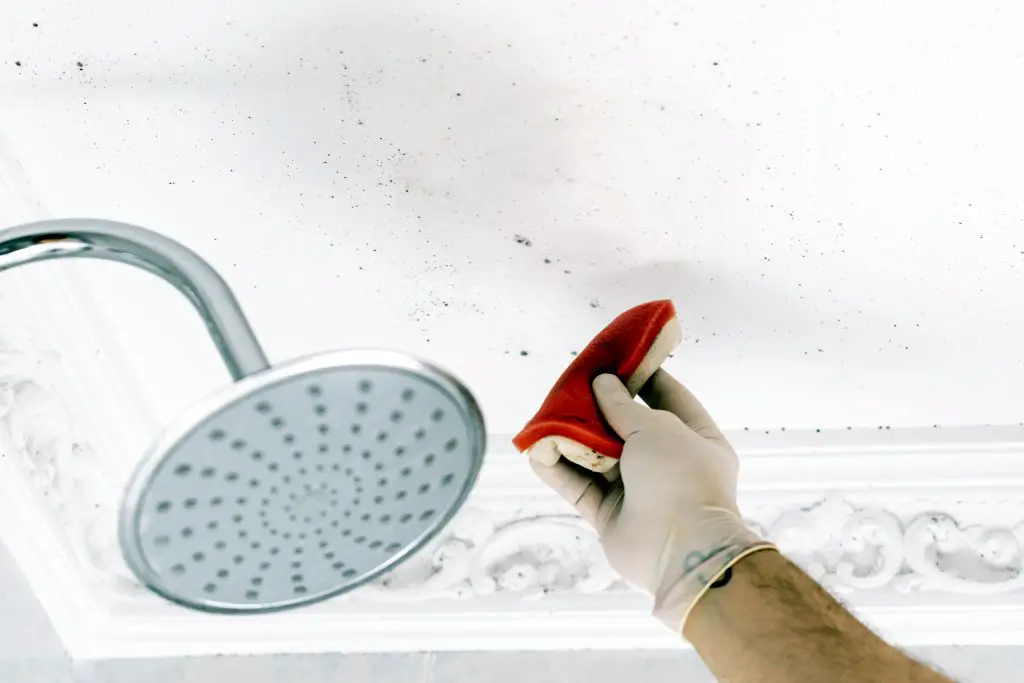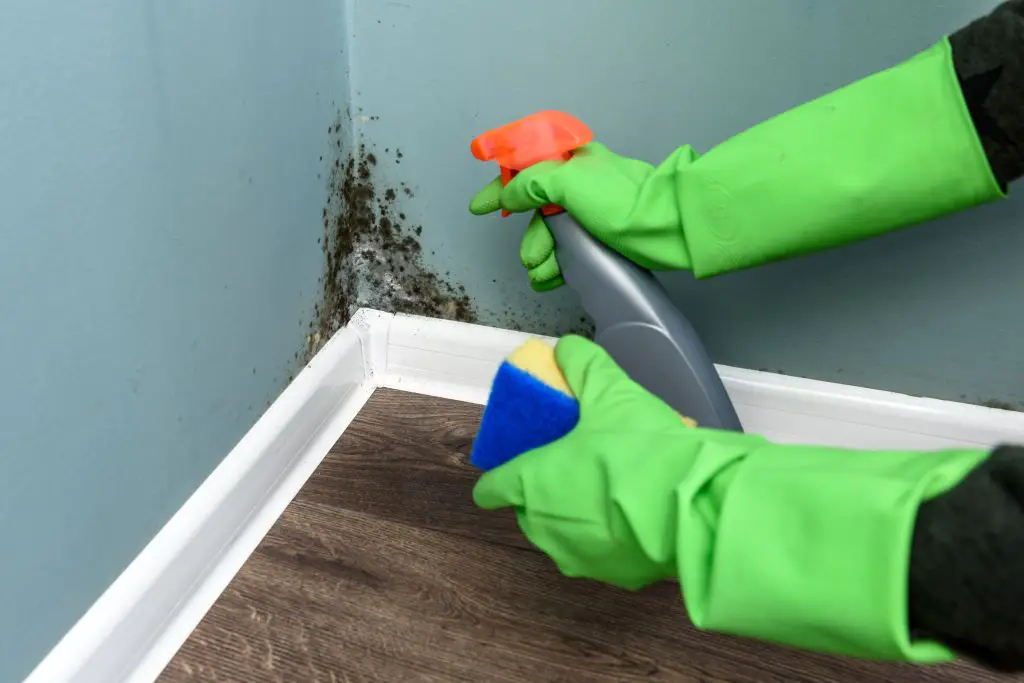If you’re a homeowner, the sight of mold in your house is likely to give you nightmares. Not only does it damage the aesthetics and structure of your home, but it can also have serious health implications for those living there. Unfortunately, mold is surprisingly common in homes – particularly houses that suffer from higher than average levels of humidity and poor air circulation. In this blog post, we’ll look at how to identify when your house has been affected by mold contamination as well as handy tips on preventing its growth. Let’s start by taking a closer look at why mold contamination should be taken seriously…
Understand the Causes of Mold Growth in the Home
Mold growth in the home poses a serious health hazard for everyone inside. Identifying and understanding the causes of this growth is the first step towards taking preventative measures and mitigating any negative side effects. One primary cause of mold growth is poor ventilation, as without air circulation moisture can easily become trapped in the corners, leading to humidity and eventually to mold. Another possible cause is a direct water source, such as a leaking pipe, which literally keeps the environment inside your house moist while also providing an ideal breeding ground for mold spores to settle and take hold. Additionally, any items that are retained regularly indoors that store large amounts of liquid can also be a source of dampness – making it essential to check around your house frequently for any tell-tale signs of microscopic fungi.
Take Measures to Reduce Condensation and Moisture
Condensation and excess moisture can lead to damage to walls and interiors, mold growth, and even rot in extreme cases. It is essential for homeowners to take the necessary steps in order to reduce the amount of condensation or moisture inside their properties. Solutions include proper ventilation through fans, dehumidifiers, open windows or vents, as well as making sure all cracks are sealed up securely. These small but invaluable measures will help decrease the risk of exponential damage in the long run.

Clean and Dry Wet Areas and Surfaces Immediately
Keeping your home clean and dry is essential to avoiding potential health hazards and damage. By responding quickly when water has been spilled, you can prevent deeper infiltration into surfaces, such as carpets, where it could cause discoloration, odors, or even the growth of mold. Even fastidious house keepers can’t predict when a water spill may occur- whether from a torn hose in the laundry room or too much steam while cooking- so always make sure to keep a few cleaning supplies handy so that you’re prepared should an accident happen. Investing a small amount of time now in regularly removing any traces of moisture will go a long way in ensuring the health and longevity of your home.
Monitor Humidity Levels to Keep Them Low
Keeping your home’s humidity levels low is essential for creating a healthy living environment within the household. By monitoring humidity levels, you can save yourself from potential mold and mildew growth, as well as create an atmosphere that can reduce the spread of bacteria, viruses and other germs. Low humidity also helps preserve wood furniture from warping and rotting, while providing comfortable air temperature year round. Investing in a reliable hygrometer will help you accurately detect your current humidity levels so you can take steps to keep them in check. With minimal effort, you can maintain peaceful and clean air in your home with low humidity all year long.
Check for water leaks in Walls, Floors, and Ceilings
Every year, millions of gallons of water in the United States are wasted due to undetected leaks in walls, floors, and ceilings. Not only does this waste precious water resources, but it can cause considerable damage to a home’s structure or increase your utility bill. To minimize this risk, regularly check walls, floors and ceilings for any signs of moisture or water accumulation. Do your best to identify small holes that could be leaking while also taking an inventory of large areas that could have warped or swollen as a result of holding moisture. Be sure to inspect prevalent culprits such as bathrooms and kitchens, including near appliances such as washing machines and refrigerators. Catching water leaks early can save you valuable time and money down the road.

Use Dehumidifiers or Air Conditioners to Manage Airflow
Controlling the airflow in your home is important for prevent air stagnation and maintaining quality air. Dehumidifiers and air conditioners are both excellent ways to manage airflow at home. Dehumidifiers reduce the amount of humidity in the room, which decreases the chance of mildew or mold growth, and helps keep dust mites from accumulating. They can also help make a room more comfortable because a dry environment feels cooler than humid one. Air conditioners are essential for cooling a hot space, but when used in combination with windows and fans, it can improve overall air circulation for improved comfort as well as better ventilation of harmful pollutants such as smoke and odors. With either system, using a smart thermostat or timer can easily regulate airflow throughout the day and keep your home more energy efficient – leading to long-term savings on your monthly electricity bill.
Mold growth in the home is an issue that should not be taken lightly. If caught fast enough, it can be largely avoided or contained. The key is to reduce moisture and condensation build up, clean and dry wet areas immediately, monitor the levels of humidity throughout your home, regularly check for water leaks on walls, floors and ceilings, and utilize a dehumidifier or air conditioner in order to manage airflow within your living spaces. By addressing these issues and implementing the steps provided in this blog post, you are more likely to experience less mold growth in your home; setting yourself up for a healthier and safer environment overall. Taking preventative measures and upkeep is essential in creating a healthier home where both you and your family can flourish without worry!
